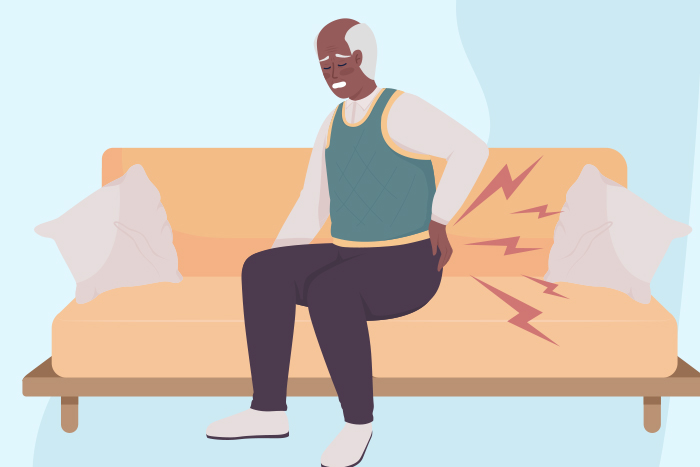What You Need to Know About How Arthritis Affects Your Body
Arthritis can feel confusing and even a little scary when you’re first diagnosed. You may wonder, “Why do my joints hurt?” or “What’s actually happening inside my body?” The more you understand about what arthritis does to your joints, the more confident you can feel about managing it.
This article gently walks through what’s going on inside your body when you have arthritis—and why that knowledge can help you take charge of your health.
What is arthritis?
Arthritis is a general term that means joint inflammation. There are more than 100 types of arthritis, but the most common in older adults are:
Osteoarthritis (OA): This happens when the protective cartilage in your joints wears down over time.
Rheumatoid Arthritis (RA): This is an autoimmune disease, where your immune system mistakenly attacks your joints.
Both types affect the joints—but in slightly different ways.
What’s inside a healthy joint?
To understand arthritis, it helps to first picture what a healthy joint looks like.
A joint is where two bones meet—like your knees, hips, fingers, or shoulders. In a healthy joint:
The ends of the bones are covered with cartilage, a smooth tissue that acts like a cushion.
The joint is surrounded by a lining (called the synovium) that makes fluid to keep things slippery.
Ligaments and tendons help the joint stay strong and move the right way.
Everything works together so you can move comfortably without pain.
What happens with osteoarthritis?
With osteoarthritis, the cartilage that protects your bones starts to break down. Over time, this can cause:
Bone-on-Bone Rubbing: Without enough padding, the bones in the joint may touch each other. This causes pain, especially when moving.
Bone Spurs: Sometimes, the body tries to protect itself by growing extra bits of bone called spurs. These can make movement even harder.
Stiffness: You may feel stiff after sitting or resting, especially first thing in the morning.
OA often affects weight-bearing joints like knees, hips, and the lower back. But it can also happen in the hands or neck.
What happens with rheumatoid arthritis?
In rheumatoid arthritis (RA), the immune system—your body’s natural defense—gets confused. Instead of fighting germs, it attacks the joint lining by mistake.
This causes:
Inflammation: The joint becomes swollen, red, and warm to the touch.
Joint Damage: If left untreated, RA can wear away cartilage and bone inside the joint.
Flare-Ups: Symptoms often come and go. Some days feel fine, while others may bring pain and swelling.
RA can affect many joints at once, especially in the hands, wrists, and feet. It can also cause fatigue and fever because of the immune system’s activity.
Why do joints swell and hurt?
Whether you have OA or RA, swelling is a big part of arthritis. It happens because your body is trying to protect or repair the joint. Think of it as your body’s way of saying, “Something’s not right here.”
But that swelling comes with problems:
It puts pressure on nerves and tissues, which causes pain.
It limits how much you can bend or move the joint.
Over time, inflammation can damage cartilage, making symptoms worse.
Learning to calm this swelling—with rest, gentle exercise, medication, or ice—can help ease pain and protect your joints.
What does arthritis feel like?
Everyone’s experience is a little different, but common symptoms include:
A dull ache or sharp pain in the joint
Stiffness, especially in the morning or after sitting
Swelling or tenderness
Joints that feel warm or look red
Reduced range of motion—it’s harder to move like you used to
If you notice these signs, it’s a good idea to talk to your doctor. Early treatment can slow the disease and help you stay active.
Managing Arthritis With Knowledge
Understanding what’s happening in your joints can help you feel less afraid. You’re not “falling apart”—your body is reacting to real changes. And there are real solutions, too.
Many people live full, active lives with arthritis. With the right care plan, you can:
Reduce pain and stiffness
Protect your joints from further damage
Stay moving and independent
Staying informed is the first step to feeling empowered.
Sources:

